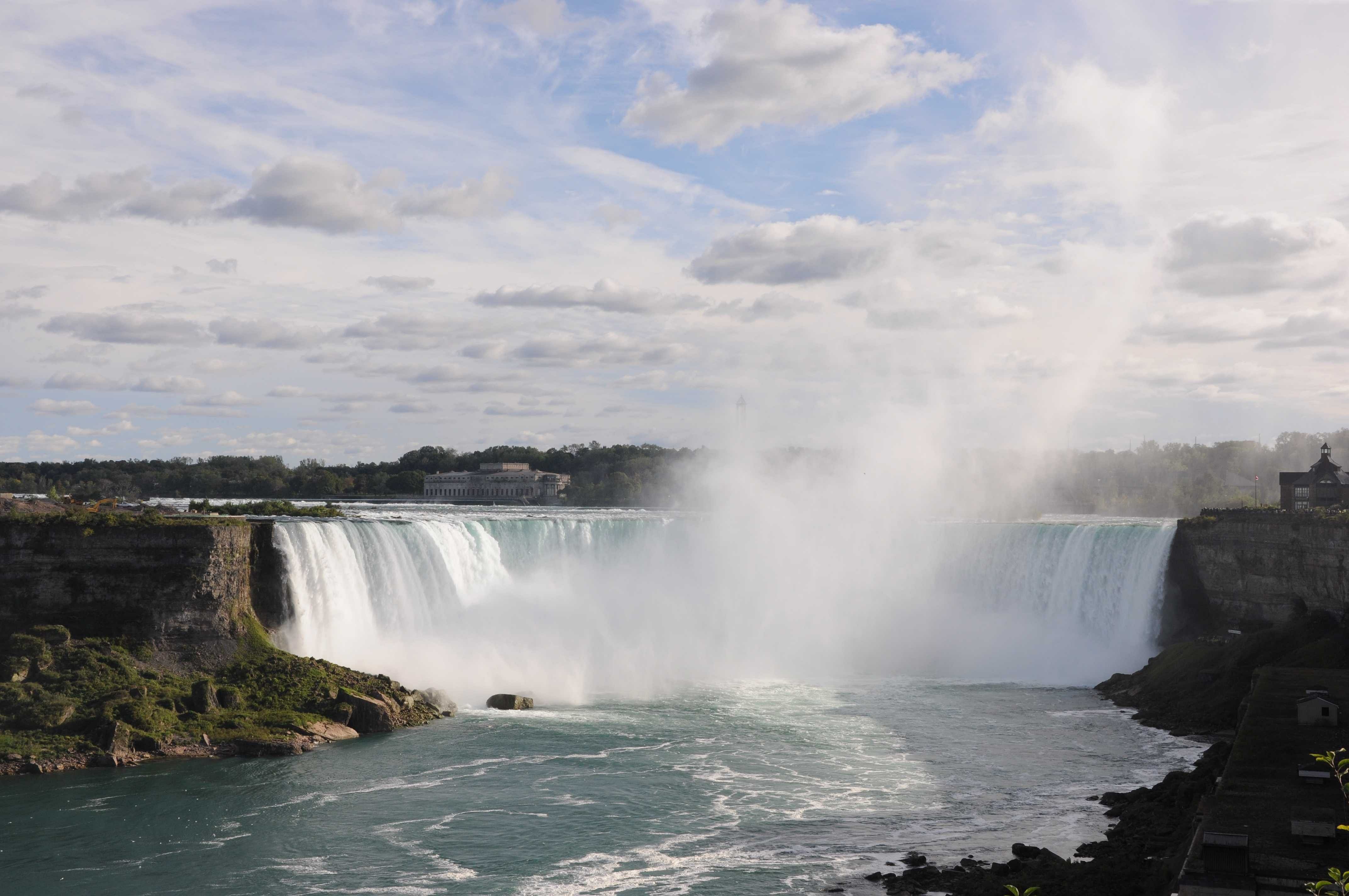A dramatic cloud formation that looks like a roiling sheet of grey is the latest addition to the International Cloud Atlas.
This is the World Meteorological Organisation's international guide to the classification of clouds and other weather phenomena which it has published since 1896.
On World Meteorological Day which fell on Thursday (March 23), the weather organisation published the latest edition.
The new cloud, together with a few other classifications, have been included in the authoritative tome on clouds - updated for the first time in 30 years. The atlas is also available online for the first time.
Here's a look at Asperitas and some other unusual cloud forms:
1. Rough skies - Asperitas
The cloud's name is derived from the Latin word for "roughness". The Britain-based Cloud Appreciation Society first proposed the addition a few years after it was recorded in Iowa in 2006.
The society said: "It is a classic example of citizen science, in which observations by the general public, enabled by the technology of smartphones and the Internet, have influenced the development of this most official of classification systems."
The newly added asperitas cloud is described in the atlas as having "waves in the cloud base, either smooth or dappled", looking up at the clouds can seem like " viewing a roughened sea surface from below".
2. Cloud on a roll - Volutus
Volutus simply means "roll" in Latin, and before it took on this official classification, such clouds were commonly known as roll clouds.
It is described in the atlas as a " long, horizontal, detached, tube-shaped cloud mass, often appearing to roll slowly about a horizontal axis".
Morning glories are a species of volutus where a few roll clouds are seen in parallel, forming a spectacular sight.
3. The wave and the hole - Fluctus & Cavum
These two distinctly shaped clouds have also been added to the atlas.
The fluctus is a wave formation on the top of the cloud due to wind shear. The atlas says it is "relatively short-lived". They were known as Kelvin-Helmholtz waves.
The cavum is more about the absence of cloud - a large hole commonly known as a fallstreak hole or hole-punch cloud.
4. Aircraft traces - Cirrus homogenitus
That is the new name for contrails or condensation/vapour trails left by aircraft. It only applies if the trail lasts for at least 10 minutes, says the atlas.
5. Cloud bust - Mamma
In Latin, "mamma" means breast or udder. These refer to hanging globules, like udders, under a variety of clouds.
6. Cloud fall - Cataractagenitus
These appear near large waterfalls, giving the falls a mystical quality.The clouds condense as water is broken up into spray by the falls.

7. Ominous clouds - Cumulonimbus, shelf clouds
Cumulus clouds are the cottony, generic fluff we drew as kids. Tag "nimbus", or rainy, and you get the infamous thunderstorm cloud that many Singapore residents know means a wet day ahead.
These stacks can grow to a height of between 8 and 12 km. When a few come together, they can look quite threatening.
Shelf clouds, which are wedge-shaped and low hanging, can be scary looking. It can form just ahead of a storm or or a cold front.

Sources: World Meteorological Organisation, Cloud Appreciation Society, Meteorological Service Singapore

